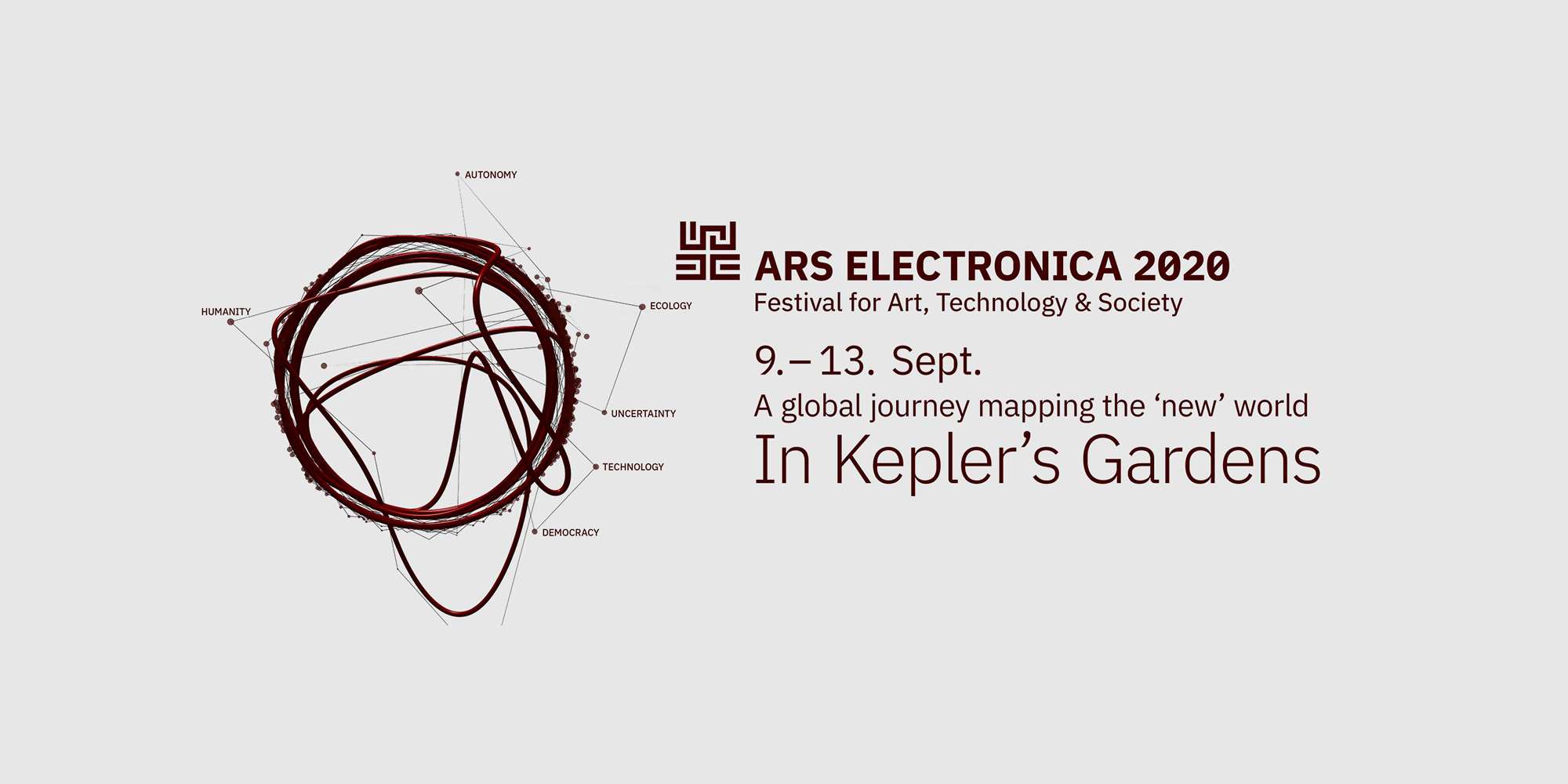Ecology

Gare Loch Duality and the #UndesiredLine - Live
B.D. Owens, Donna Holford-Lovell
Two new films by B.D. Owens followed by a live Q&A with the artist and NEoN Director, Donna Holford-Lovell.
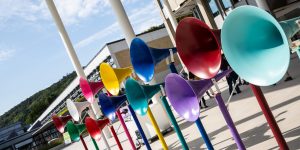
The Welcome Chorus
Yuri Suzuki (JP)
Ein Werk, das aus 12 interaktiven Hörnern besteht und bei Turner Contemporary, einer Galerie für zeitgenössische Kunst in Kent, Großbritannien, aufgestellt wurde. Es verwendet zwei Methoden - eine besteht darin, Texte und Melodien von Musikern in die KI einzuspeisen und die andere besteht darin, eine kurze Melodie zu erzeugen.

EMAP group exhibition: Quarantine
Robertina Šebjanič (SI), Gjino Šutić (HR), Anna Dumitriu, Alex May (UK), Tiziano Derme, Daniela Mitterberger (AT), Taavi Suisalu (EE), Quimera Rosa (FR/AR/ES), Kat Austen (UK/DE)
Over the last few years, the EMAP/EMARE network of media arts organizations have produced a multitude of works dealing with life-science and cybernetics that examine the fragile ecological equilibrium of life on Earth. A few of these artists find inspiration from scientific discoveries like archaea, a group of unicellular micro-organisms believed to be the oldest form of life on Earth. Other sources of inspiration include the impact of pharmaceuticals on life in the water and the sonic vision of bats. These artistic explorations envision future evolution in magical and often transgressive ways.
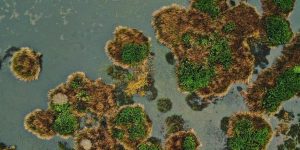
Ecosystem mutations. Wetland Removal.
An 8.5% of the surface area of Los Rios Region in southern Chile is made up of wetlands. Around the city of Valdivia, the presence of wetlands is particularly dense and some areas today are national monuments. A wetland is an ecosystem that is sometimes divided at the surface, but which constitutes a networked ecological continuum. Thus, to alter a part of the wetland is to modify the whole ecosystem. Promoting the convergence of different organizations, the Austral Garden program proposes an aerial route over the geography and natural environment where Universidad Austral de Chile is located. The purpose is that scientists and researchers can share their studies and reflections to spread the importance of wetlands, as well as showing the mutation of this natural eco-system.

Leonardo S+T+ARTS: A conversation on "What's next? Art-Science ideas emerging from lockdown."
Camille Baker (CA/UK), Danielle Siembieda (US), Aurelie Delater (FR) and Marie Albert (FR)
During lockdown, Leonardo and STARTS collaborated to exchange and reflect, together with their wider communities, on how COVID-19 is impacting Art-Science/Art-Technology innovation and co-creation.

Beyond Human Perception
María Castellanos & Alberto Valverde (ES)
Die Arbeit ist eine Videoinstallation, die es dem Publikum ermöglicht, die Reaktionen von Menschen und Pflanzen auf einen gemeinsamen Stimulus zu visualisieren: Live-Musik. Die Installation ist das Ergebnis mehrerer Sitzungen, in denen die Gehirnaktivität von Menschen gemeinsam mit elektrischen Schwingungen in Pflanzen gemessen wurde, wobei ein von den Künstlern entwickelter Sensor verwendet wurde.
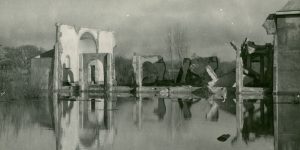
Telluric Mutations. The 1960 earthquake.
On May 22, 2020, 60 years since the largest seismic catastrophe ever recorded in the world was commemorated, a catastrophe whose epicenter was the city of Valdivia. The event had profound landscape, social, economic and cultural consequences for the affected cities and territories. The earthquake was a complex heritage where catastrophe and community resilience converge. The activity of the Austral Garden program is to share the series of initiatives prepared by the Museological Direction of Universidad Austral de Chile.
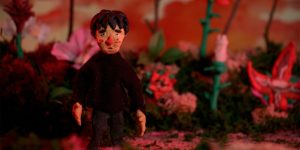
Prix Ars Electronica u19–create your world
Die diesjährige u19-Ausstellung lädt alle Gewinner*innen ein, Ideen und Projekte miteinander auszutauschen. Ihre „Homebase“ ist die physische Ausstellung der Projekte, wo sie diese anderen Künstler*innen und dem Publikum erläutern können. Sie lassen andere an ihren Talenten teilhaben und präsentieren dem Publikum des Ars Electronica Festival ihre Sicht auf mögliche Zukunftsszenarien.
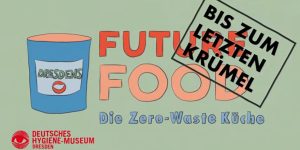
Dresden’s Future Food. Zero Waste Edition – To the Last Crumb
No idea what to do with old bread or the leaves of radish? In three short tutorials, learn how to prepare a delicious starter, main course and dessert by using seasonal and regional ingredients. Part of the Deutsche Hygiene-Museum’s digital “Future Food. What will we eat tomorrow?” program. In cooperation with Commerzbank Foundation.
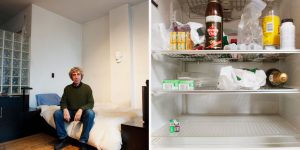
Virtual tour through the exhibition “Future Food. What will we eat tomorrow?”
Visitors can virtually explore the special exhibition Future Food. What will we eat tomorrow? that is held at the Deutsche Hygiene-Museum Dresden from May 2020 to Feb 2021. The exhibition takes up on one of the most urgent questions of the 21st century: how can we create the future of food facing the global challenges?
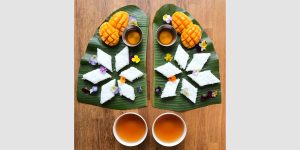
How do regional food systems work?
In times of multiple crises, the issue of food security is vividly debated. The panel discussion addresses opportunities and challenges of regional food production and supply with a focus on Dresden, Saxony.
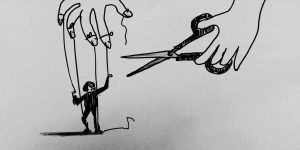
Festivalpost: Topic Twist
Ars Electronica create your world (AT)
Die Festivalpost erinnert den ein oder anderen namentlich vielleicht an die geliebte Postcity, beschäftigt sich inhaltlich aber mit den diesjährigen Festivalthemen. Zumindest Anfangs. Durch den Wechsel von Zeichnung und Wort drehen und wenden sich die Themen in ihrer Bedeutung und am Ende entsteht eine Kette, eine Transformation oder eine Weiterentwicklung als Festivalpost. Wird aus Demokratie eine Ente, aus Autonomie eine Leiter, aus Menschheit eine Alien-fressende Raketenfüllfeder? Wir sind gespannt auf die Reisen der Themen.
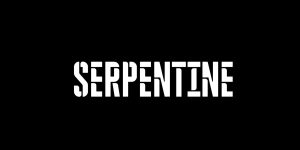
Serpentine Galleries
Championing new ideas in contemporary art since 1970, the Serpentine has presented pioneering exhibitions for half a century from a wide range of emerging practitioners to the most internationally recognised artists of our time. Across two sites only 5 minutes apart, in London’s Kensington Gardens, the Serpentine Galleries present a year-round, free programme of exhibitions, education, live events and technological innovation, in the park and beyond.
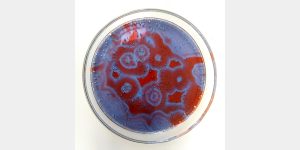
STEAM Popup Lab
JKU Linz School of Education (AT)
STEAM Popup Lab bietet eine virtuelle Reise, die uns erlaubt, die Bedeutung der Muster um uns herum zu verstehen. Muster finden sich überall: in Fraktalen in der Natur, in den Blutgefäßen im menschlichen Körper genauso wie in den oszillierenden Signalen, die von den Sensoren eines Telefons erzeugt werden. Sie können Roboter steuern, Origami-Muster falten, das Signal einer Spielplatzschaukel messen, an einer Live-Chemielaborsitzung teilnehmen und vieles mehr.
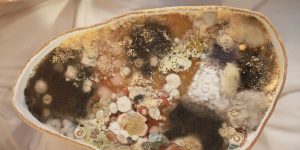
Hege Tapio and Norwegian BioArt Arena
NOBA - Norwegian Bioart Arena (NO)
Introduction of NOBA – Norwegian Bioart Arena with our team, facilities and our collaboration partners across Norway. Featuring Hege Tapio (NO), Annike Flo (NO), Nora Vaage (NO), Solveig Arnesen (NO), Hanan Benammar (FR/DZ), Simon Daniel Tegnander (NO), FAEN-Female Artistic Experiments Norway (NO), Eva Bakkeslett, Centre for Genomic Gastronomy (NO/US) ,The Dinghy AiR (NO) , Steven Barstow(NO) , Marita Isobel Solberg and Trond Ansten (NO), Elind Rui Blix (NO) , NIBIO- The Norwegian Institute of Bioeconomy Research (NO)

NOBA- Norwegian BioArt Arena
NOBA - Norwegian Bioart Arena (NO)
Introduction of NOBA – Norwegian Bioart Arena with our team, facilities and our collaboration partners across Norway.
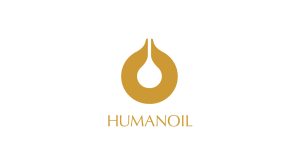
Human Oil – the last oil
Hege Tapio
Watch our premiere of Humanoil, a recorded performance by artist Hege Tapio, followed by the introduction of NOBA – Norwegian Bioart Arena. NOBA is the hub for the expanded field of bioart in Norway, and exists to bridge the gap between artists and scientists working on ecology, biology, technology, activism and art.
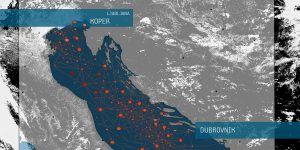
Journey: Adriatic Garden | aqua_forensic 2.0
Adriatic Garden | aqua_forensic 2.0 connects two places by the Adriatic Sea: Dubrovnik (HR) and Koper (SI) and gives special attention to our commitment to the values of care, compassion, environmental justice, action-taking and cooperation with the Adriatic Sea and its creatures. The project framework is the aqua_forensic, an ongoing art and science research method developed by Robertina Šebjanič (SI) and Gjino Šutić (HR), which sheds light on the presence of invisible anthropogenic chemical pollutants in the water environment.

The SonoAdriatic tales
The Adriatic Garden will host a wide array of activities: exhibitions, installations, panel discussions, workshops, and much more, while enabling audiences to immerse themselves in the underwater world of the sea. Art, science and citizen science coalesce within the framework of Adriatic Garden | aqua_forensic 2.0, opening up a wider discussion about our solidarity and empathy with waters beyond human perception. Within the project, we would like to give special attention to the values of care, compassion, environmental justice, action-taking and cooperation with the Adriatic sea and its creatures.

The Aqua_forensic Workshops at the Adriatic Garden
With it, we wish to help illuminate the human impact on our waters at the micro / macro level and provide a guideline to the fascinating world of aquatic flora, fauna and minerals and its plight. The aqua_forensic project is known for its special devotion and affinity to participatory engagement through workshops. We all have the capacity to pause, listen, observe and recognize the diversity and quality of the present environment. The aqua_forensic aims to encourage global and local audiences to familiarize themselves with the topics of water pollution and climate change, as well as actively engage in community work on these issues through citizen science oriented workshops. Scientific environments provide the sophisticated tools needed to undertake analysis and build predictive ecological models.
